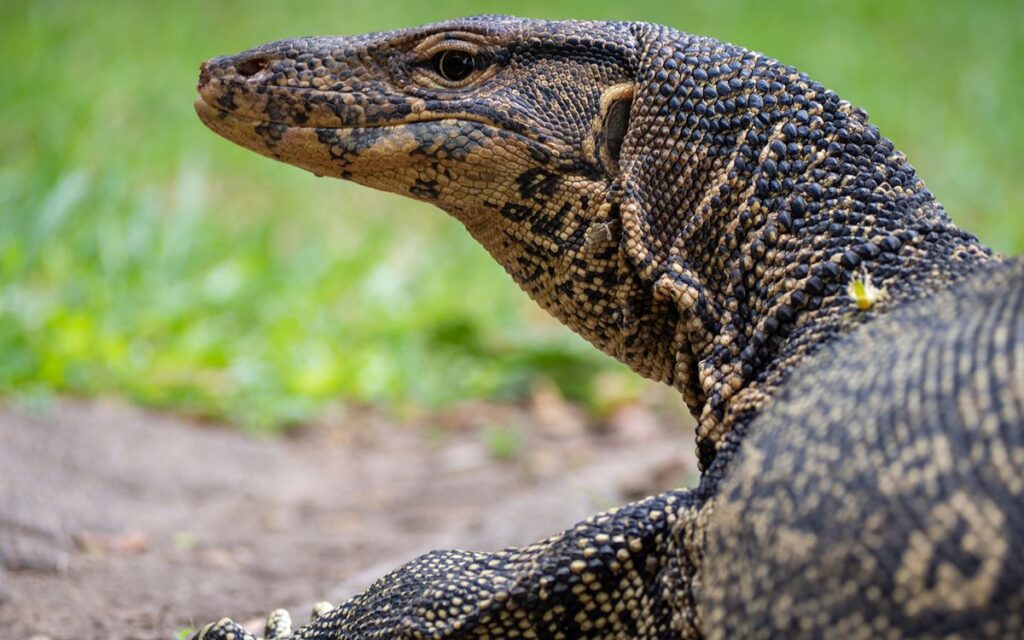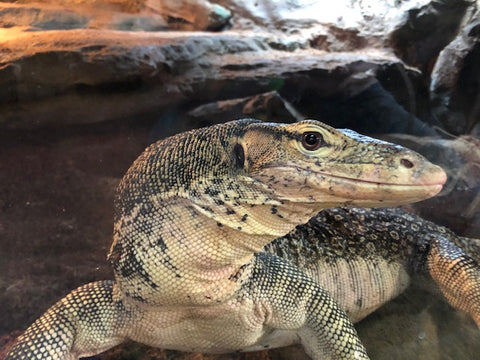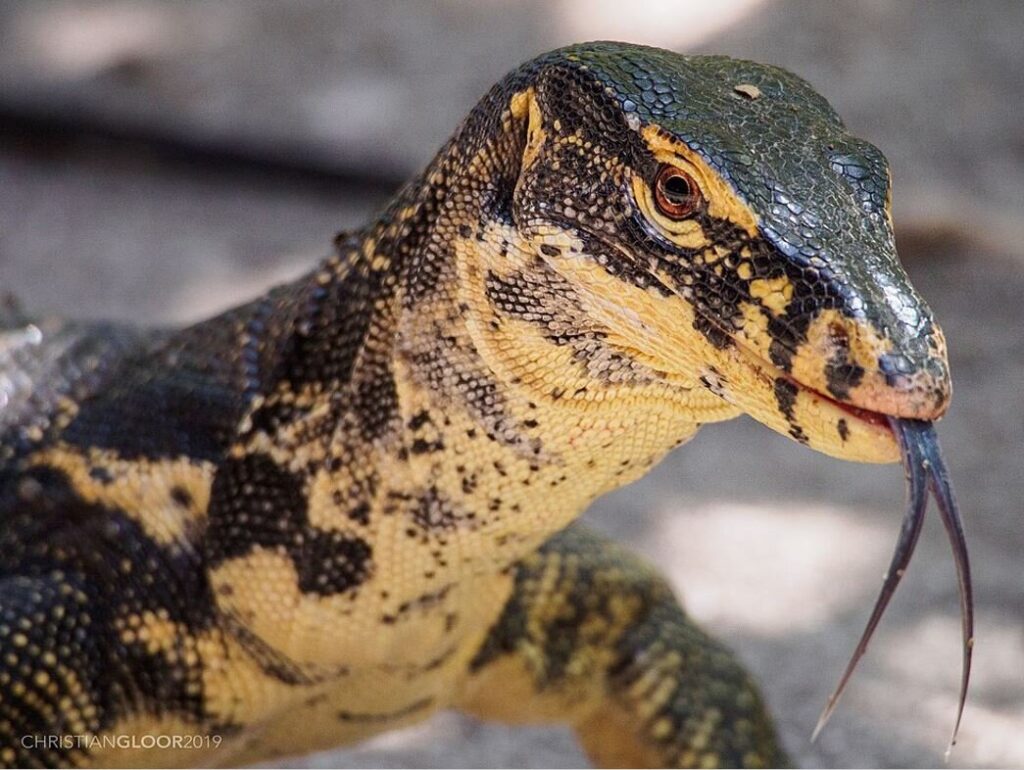Exploring the Fascinating World of Water Monitor Lizards
Water monitor lizards, known for their impressive size, intelligence, and aquatic lifestyle, are captivating reptiles native to Southeast Asia.
While they require specialized care and attention, keeping water monitors can be a rewarding experience for experienced reptile enthusiasts.
In this comprehensive guide, we’ll delve into the essentials of caring for water monitor lizards, from setting up their habitat to meeting their dietary needs.
Habitat Setup
Creating a suitable habitat is crucial for the health and well-being of water monitor lizards.
A large, custom-built enclosure with ample space for climbing, swimming, and basking is essential.
Provide a combination of substrate, rocks, branches, and water features to mimic their natural environment.
Maintain a temperature gradient of 80-90°F (27-32°C) with a basking spot reaching 100-110°F (38-43°C) and humidity levels of 70-80%.

Feeding and Nutrition
Water monitor lizards are opportunistic carnivores, feeding on a variety of prey in the wild.
In captivity, offer a diverse diet consisting of whole prey items such as rodents, fish, insects, and small birds.
Supplement their diet with calcium and vitamin D3 to prevent metabolic bone disease.
Monitor their body condition and adjust feeding frequency accordingly to avoid obesity or malnutrition.
Handling and Interaction
Handle water monitor lizards with caution and respect, as they can become defensive or aggressive if mishandled.
Approach them slowly and allow them to become accustomed to your presence over time.
Avoid grabbing or restraining them forcefully, and never approach them from behind or attempt to corner them. Supervise interactions with children and other pets to prevent accidents.

Health and Wellness
Monitor your water monitor lizard’s health closely for signs of illness or injury, including lethargy, loss of appetite, abnormal behavior, or respiratory issues.
Provide regular access to clean water for drinking and swimming, and maintain a clean and hygienic enclosure to prevent bacterial or fungal infections.
Schedule regular veterinary check-ups to monitor their overall health and address any health concerns promptly.
Environmental Enrichment
Provide environmental enrichment to keep water monitor lizards mentally and physically stimulated.
Offer a variety of climbing structures, hiding spots, and puzzle feeders to encourage natural behaviors such as exploration and foraging.
Rotate and rearrange enrichment items regularly to prevent boredom and promote engagement.

Conclusion: Embrace the Challenge of Water Monitor Care
In conclusion, caring for water monitor lizards requires dedication, expertise, and a commitment to providing a stimulating and enriching environment.
With proper care and attention to their specific needs, water monitor lizards can thrive in captivity and provide years of enjoyment for dedicated reptile keepers.
To learn more about water monitor care and connect with fellow keepers, explore online forums, communities, and reputable breeders dedicated to these majestic reptiles.
Links for Further Exploration:
- Argus Monitor Care Guide – Reptiles Magazine
- The Reptile Database – Varanus salvator (Water Monitor)
Go back to our home page
